- Exam: KET
- Course: BASIC PRONUNCIATION RULES
INSTRUCTIONS FOR THE EXERCISE BELOW
Drag and drop, or type the correct word into the answer box at the bottom of the image chosen, in Capitals or lower case.
Once all the images have been chosen, click on CHECK to identify mistakes.
If the word chosen is correct, it will show in green.
If the word chosen is not correct, it will show in red, and when that happens, try another word and press the CHECK button again until all the answers show in green.
BASIC PRONUNCIATION RULES
Theory
There are some simple rules in English that can be very helpful when trying to decide how to pronounce many words.
But, as with any rule in English, there are always exceptions, so you need to be careful when you use these rules.
The vowels in English are A, E, I, O and U.
To understand the rules, you have to remember that each vowel can have at least 2 different sounds, the sound of its name, and its natural sound.
For example:
The natural sound for A is 'a' as in CAT.
The sound of the name for A is 'A' as in DAY or FACE.
The natural sound for E is 'e' as in EGG.
The sound of the name for E is 'E' as in TREE .
The natural sound for I is 'i' as in BIG.
The sound of the name for I is 'I' as in TIE.
The natural sound for O is 'o' as in DOG.
The sound of the name for O is 'O' as in NO.
The natural sound for U is 'u' as in BUS or BUG, not like PULL.
The sound of the name for U is 'U' as in YOU.
The rules then are these:
1 If a word ends in a vowel followed by a consonant, the vowel sounds like its natural sound.
For example:
bAT sounds like CAT, or MAP.
2 If a word ends in a vowel followed by a consonant followed by another vowel, the first vowel sounds like its name, and the second vowel is silent.
The silent vowel is usually an E, and the consonant has its normal sound.
For example:
cAPE sounds like the A in DAY + the sound of P. There is no sound of the final E.
3 If a word ends in a vowel followed by another vowel, and then a consonant or not, the word sounds like the name of the first vowel, and the second vowel is silent.
For example:
LEAF sounds like E for TREE + the sound of F. The A is silent.
Finally, in a word where rule 3 and rule 1 or rule 2 apply, use rule 3.
For example:
jUICE would sound like ICE from rule 2, but like YOU from rule 3.
jUICE sounds like the sound of J + YOU + the s sound of C. The final E is silent.
Many IE words and EI words do not follow these rules.
SOUNDS LIKE NO
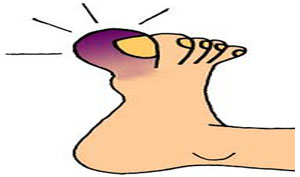 (1)
(1)
SOUNDS LIKE TREE
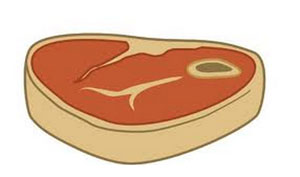 (2)
(2)
SOUNDS LIKE NO
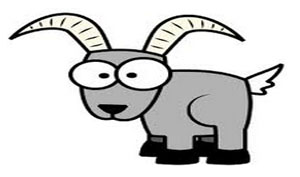 (3)
(3)
SOUNDS LIKE YOU
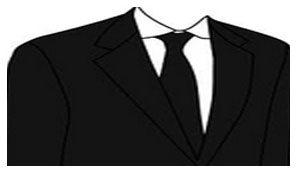 (4)
(4)
SOUNDS LIKE NO
 (5)
(5)
SOUNDS LIKE FLY
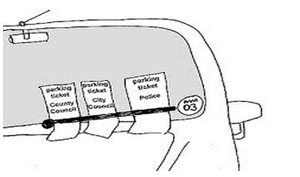 (6)
(6)
SOUNDS LIKE DOG
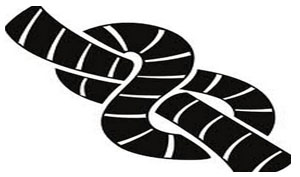 (7)
(7)
SOUNDS LIKE BIG
 (8)
(8)
SOUNDS LIKE YOU
 (9)
(9)
SOUNDS LIKE BUS
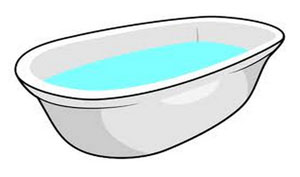 (10)
(10)
SOUNDS LIKE SAY
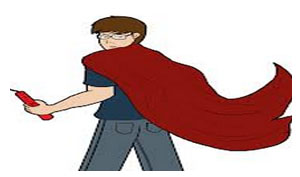 11)
11)
SOUNDS LIKE CAT
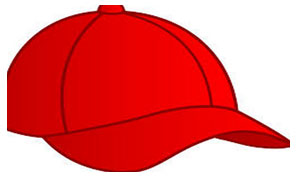 12)
12)
Possible answers:
- A) a fine
- B) a cape
- C) a suit
- D) a fin
- E) a goat
- F) a cap
- G) a toe
- H) a knot
- I) meat
- J) a tube
- K) a note
- L) a tub
